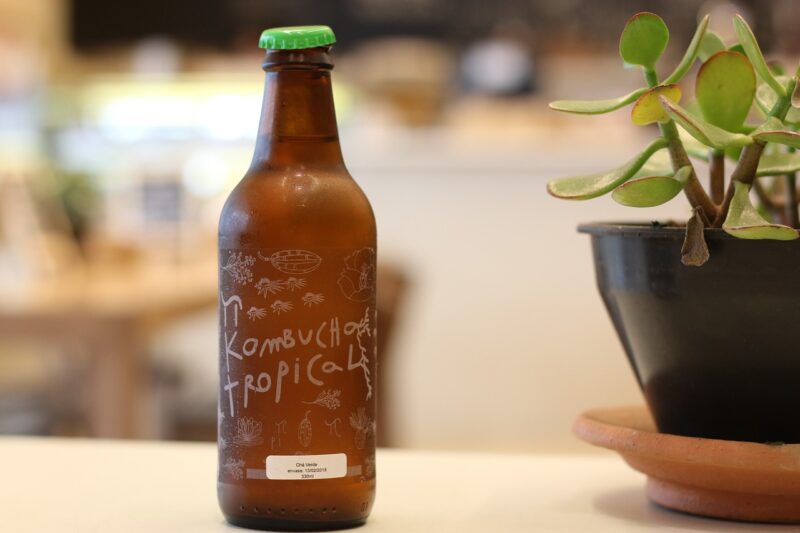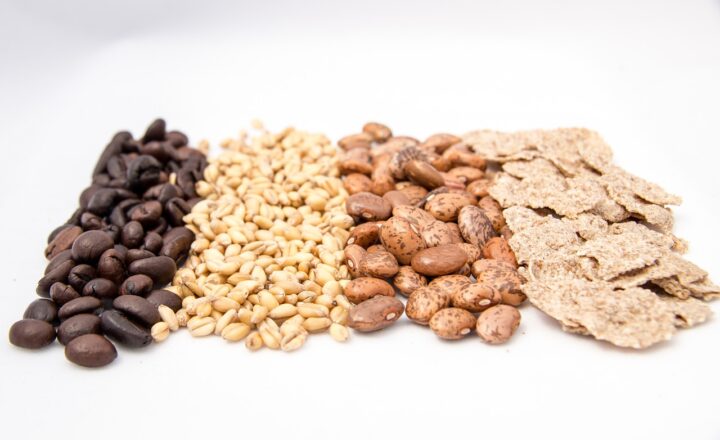
Kombucha, often referred to as ‘the tea of immortality’, has surged in popularity in recent years, thanks to its unique flavor and purported health benefits. If you’re curious about this fizzy, fermented beverage and want to know how to brew it at home, you’ve come to the right place! This comprehensive guide will walk you through everything you need to know to create your own delicious kombucha, from the ingredients to the brewing process, and everything in between.
1. What is Kombucha?
Kombucha is a fermented tea made from sweetened black or green tea and a symbiotic culture of bacteria and yeast (SCOBY). This fermentation process not only transforms the tea into a tangy, effervescent drink but also introduces a variety of probiotics, which can be beneficial for gut health.
The origins of kombucha can be traced back over 2,000 years to Northeast China, where it was consumed for its health benefits. Today, it has gained a global following, with enthusiasts brewing it in their homes or purchasing it from stores.
2. Health Benefits of Kombucha
While more research is needed in some areas, many people enjoy kombucha for its potential health benefits, which may include:
- Probiotics: Kombucha is rich in probiotics, which are believed to support digestive health.
- Antioxidants: The drink contains antioxidants, which may help the body combat oxidative stress.
- Potential Detoxification: Some studies suggest kombucha may aid liver detoxification, though more evidence is needed.
- Boosting Energy: The caffeine from the tea combined with the B vitamins created during fermentation may contribute to an energy boost.
It’s important to note that while many enjoy the benefits of kombucha, it may not be suitable for everyone, and moderation is always a good practice.
3. Ingredients Needed to Brew Kombucha
To start brewing kombucha at home, you’ll need a few simple ingredients:
- Tea: You can use black, green, or herbal teas, though black tea is traditional and preferred by many brewers due to its caffeine content.
- Sugar: Regular granulated sugar is necessary for fermentation. Don’t worry; most of it will be consumed by the SCOBY during the brewing process.
- SCOBY (Symbiotic Culture of Bacteria and Yeast): This is the star of the show! You can obtain a SCOBY from a friend, a local kombucha brewer, or buy one online. Each SCOBY also needs some starter liquid from a previous batch of kombucha for best results.
- Water: Filtered or distilled water is preferred to avoid any chemicals that might inhibit fermentation.
- Optional Flavorings: Once your kombucha is brewed, you can add fruit, herbs, spices, or other flavorings to customize your batch. Popular options include ginger, berries, citrus, or mint.
You’ll also need some basic equipment, including a large glass jar (preferably one-gallon capacity), a cloth cover, a rubber band, and bottles for storage after fermentation.
4. Step-by-Step Guide to Brewing Kombucha
Now that you are familiar with the ingredients, let’s dive into the brewing process:
Step 1: Preparing the Tea
1. Boil about 4 cups (1 liter) of water and add 4-6 tea bags (or 4-6 teaspoons of loose tea). Let it steep for about 10-15 minutes.
2. Remove the tea bags (or strain the loose tea) and add 1 cup (200g) of sugar while the tea is still warm, stirring until fully dissolved.
3. Add 8 cups (2 liters) of cold water to the brewed tea to cool it down. Make sure the tea is at room temperature or slightly warmer before moving on to the next step.
Step 2: Adding the SCOBY
1. In a clean one-gallon glass jar, pour the sweetened tea.
2. Add the starter liquid (about 1-2 cups) from a previous batch of kombucha or store-bought kombucha. This will help kickstart the fermentation process.
3. Gently place the SCOBY on top of the liquid. It may sink or float; either is fine!
Step 3: Fermentation
1. Cover the jar with a clean cloth or coffee filter and secure it with a rubber band. This allows airflow while keeping dust and insects out.
2. Place the jar in a warm, dark area (ideally between 70°F – 85°F or 21°C – 29°C) away from direct sunlight. Let it ferment for about 7 to 14 days.
3. Taste your kombucha regularly after about 7 days by using a straw to draw a small amount from the jar. The longer it ferments, the tangier it will become.
Step 4: Bottling and Flavoring
1. Once your kombucha has reached your desired taste, it’s time to bottle it. Use a clean funnel to pour it into bottles, leaving about an inch of headspace at the top.
2. If you want to add flavor, now is the time! You can add fruit, herbs, or spices directly to the bottles. Experiment with combinations like ginger and lemon or strawberry and mint for a refreshing finish.
3. Seal the bottles tightly and leave them at room temperature for 3-7 days to carbonate. Check the carbonation daily to ensure it doesn’t become too fizzy.
Step 5: Refrigeration and Enjoyment
1. Once the kombucha is carbonated to your liking, transfer the bottles to the refrigerator to slow fermentation.
2. Serve chilled and enjoy your homemade kombucha! Just be sure to strain out any solid flavoring bits before serving.
5. Troubleshooting Common Issues
Even experienced brewers encounter challenges. Here are some common problems and solutions:
- Mold: If you notice fuzzy spots on your SCOBY, it’s likely mold. Discard the batch and ensure your equipment is sanitized thoroughly next time.
- Too Sweet: If your kombucha is still too sweet after 14 days, it may need more time to ferment. Ensure the temperatures are ideal and taste regularly.
- Not Carbonating: Ensure your bottles are sealed tightly. If they still don’t carbonate, try adding a little more sugar or starter liquid to jumpstart fermentation before bottling.
Brewing kombucha can be a bit of trial and error, but that’s part of the fun! With practice, you’ll develop the art of creating the perfect brew.
Conclusion
Brewing kombucha at home is a rewarding and enjoyable process that allows you to experiment with flavors and share your creations with friends. As you become more comfortable with the brewing methods, don’t be afraid to innovate and make your batch uniquely yours. Whether you’re drawn to its health benefits or enjoy its delightful taste, kombucha is a fantastic addition to your culinary repertoire. Happy brewing!







